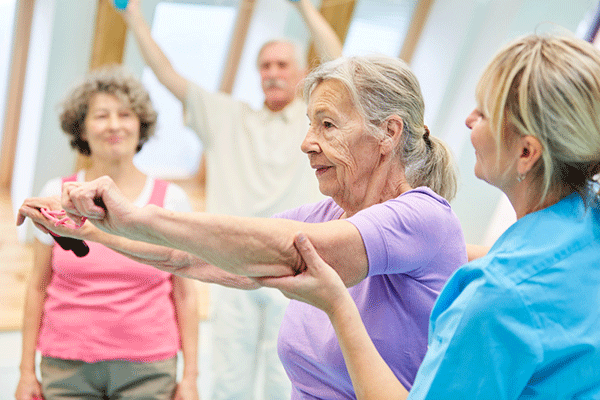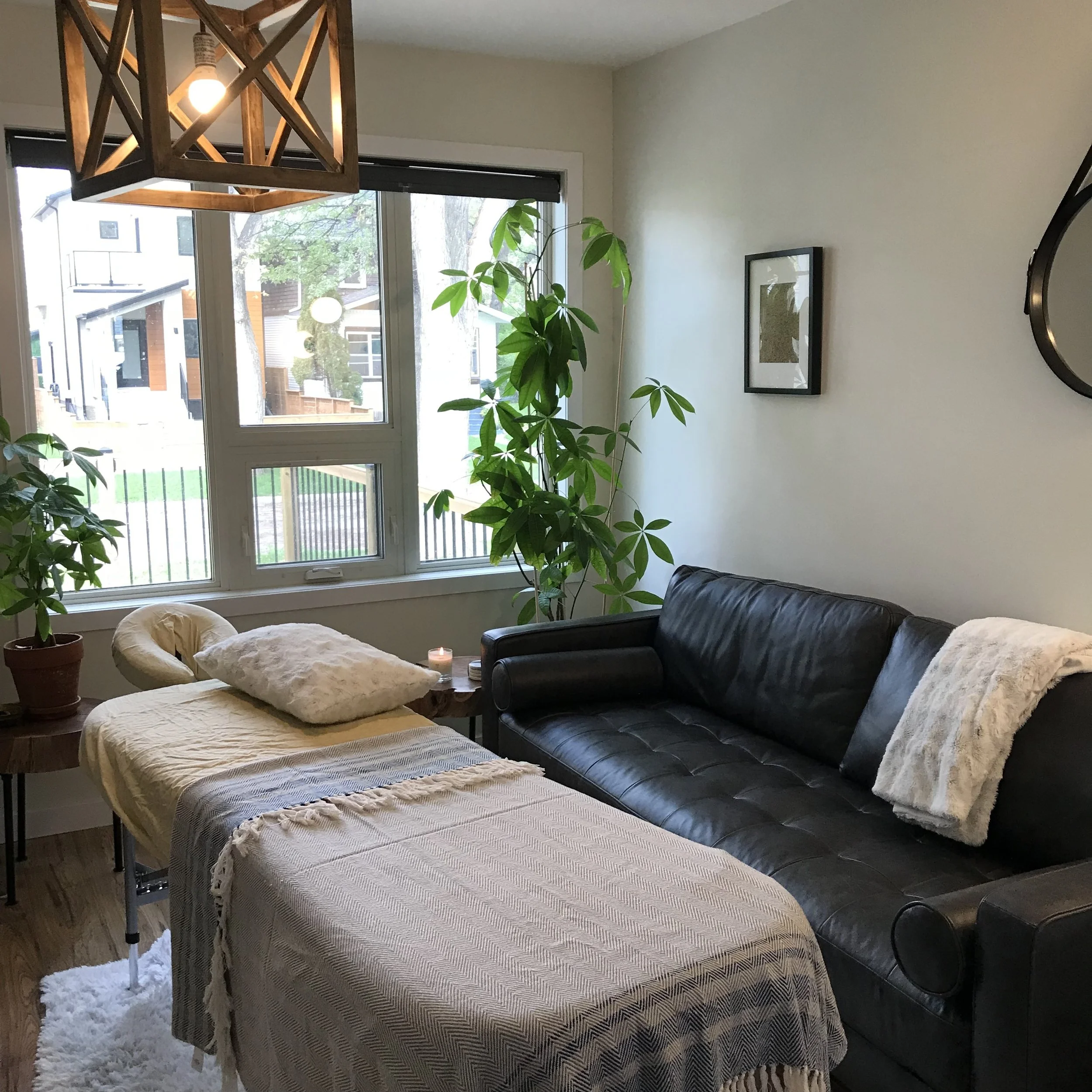Musculoskeletal injuries
/Musculoskeletal injuries are injuries that happen when our muscles, tendons, ligaments or bones are damaged. Examples include a bone fracture, muscle strain, or tendinitis. These types of injuries can be caused by a traumatic event (such as a fall or car accident), by a pre-disposition due to an underlying condition, or from chronic low grade stress over a long period of time (like repetitive postures or movements).
Read More












